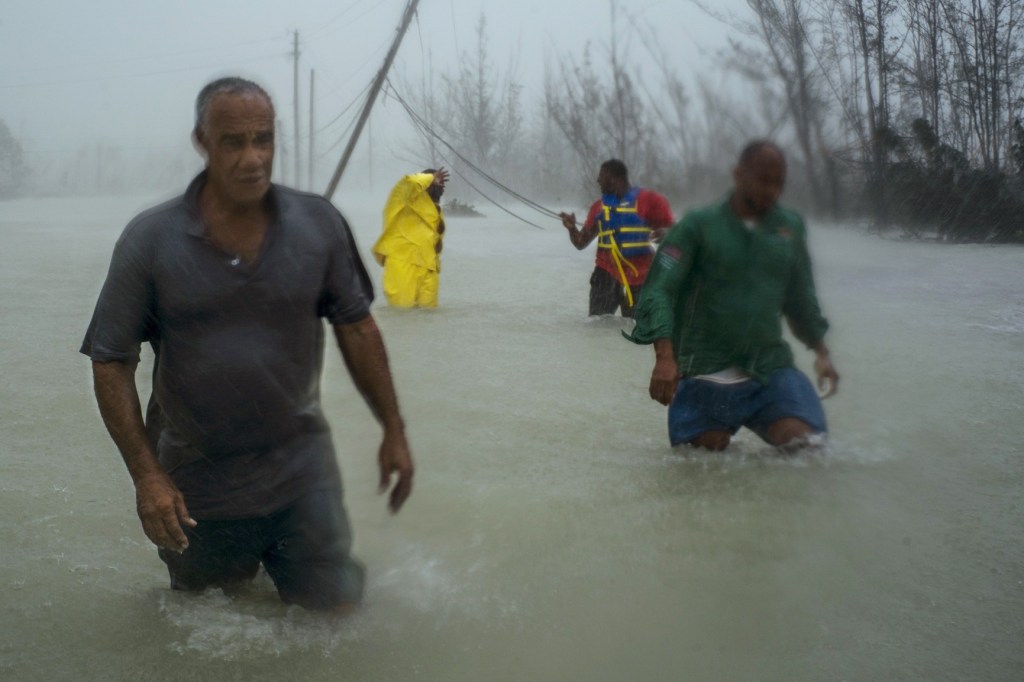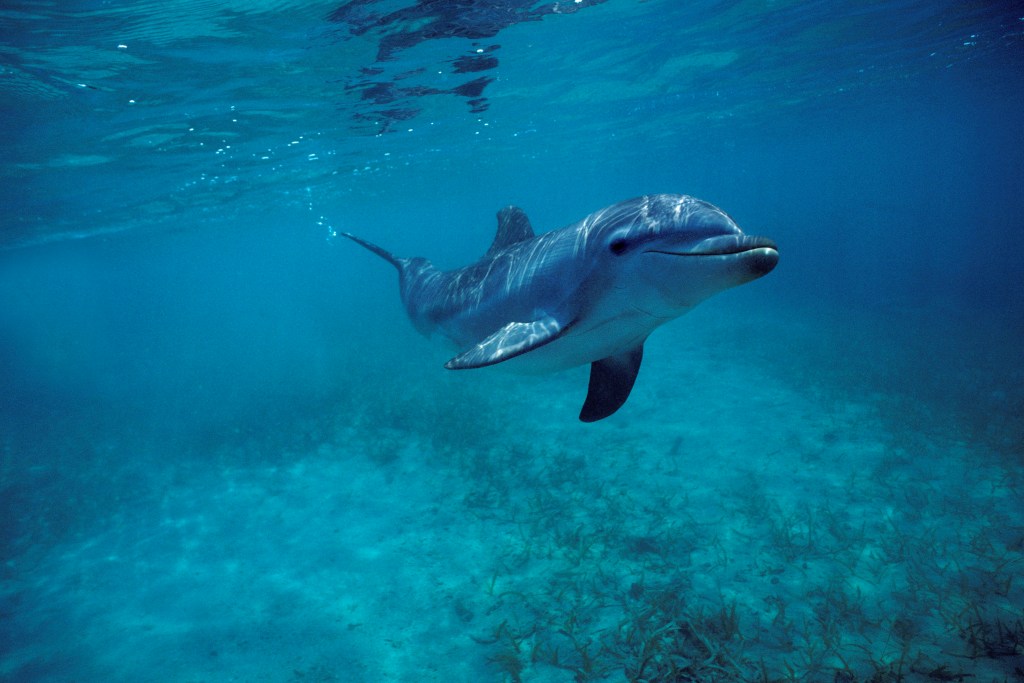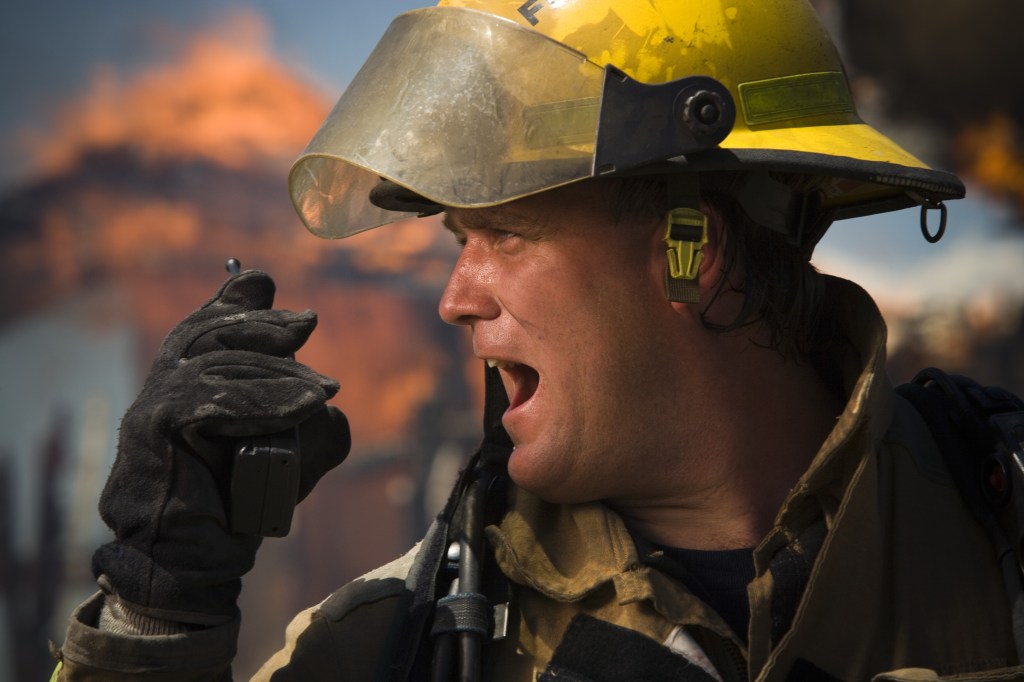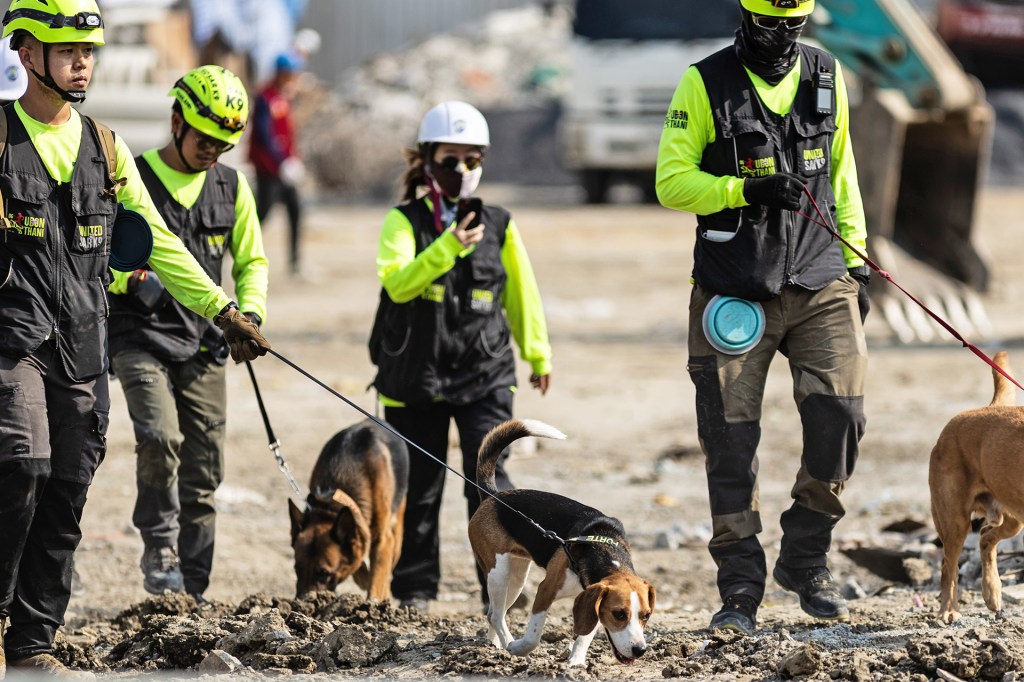
One of the most powerful Atlantic hurricanes on record slammed into the Bahamas on September 1. Hurricane Dorian made landfall as a Category 5 storm, with winds up to 185 miles an hour. On Grand Bahama and the Abaco Islands, water flooded houses and submerged
submerge
 FRANCOIS GOHIER/VW PCIS/UIG—GETTY IMAGES
to put under water
(verb)
Dolphins can submerge themselves for more than 10 minutes.
cars. At least 20 people have died.
FRANCOIS GOHIER/VW PCIS/UIG—GETTY IMAGES
to put under water
(verb)
Dolphins can submerge themselves for more than 10 minutes.
cars. At least 20 people have died.
“We are in the midst of a historic tragedy,” Hubert Minnis said at a news conference. Minnis is prime minister of the Bahamas. “Our mission and focus now is search, rescue, and recovery.”
For two days, Dorian made its way over the Bahamas. By September 3, it had been downgraded to a Category 2 storm and turned north, toward the United States. A day later, it was back to a Category 3 storm.
At press time, Dorian is about 70 miles from Charleston, South Carolina. Meteorologists say the storm could hit North Carolina. Even if it doesn’t directly strike the U.S., Dorian will likely bring severe flooding.
More than 2 million people along the coasts of Florida, Georgia, and North and South Carolina have been told to evacuate
evacuate
 RUBBERBALL/GETTY IMAGES
to leave a dangerous place
(verb)
Firefighters ordered residents to evacuate the building.
. “Don’t tough it out: Get out,” Carlos Castillo of the U.S. Federal Emergency Management Agency says.
RUBBERBALL/GETTY IMAGES
to leave a dangerous place
(verb)
Firefighters ordered residents to evacuate the building.
. “Don’t tough it out: Get out,” Carlos Castillo of the U.S. Federal Emergency Management Agency says.
Stop and Think! Why do you think news organizations report on severe weather events? How can paying attention to the news help people stay safe?












